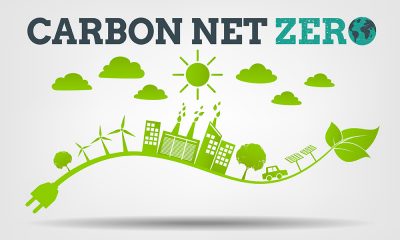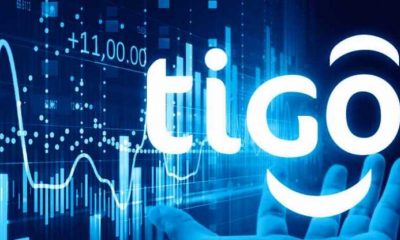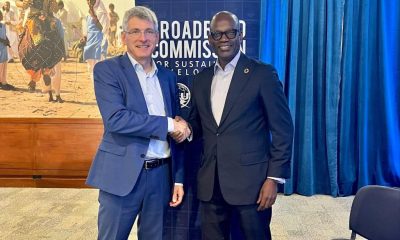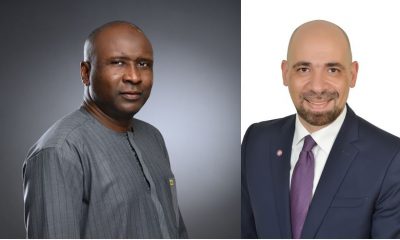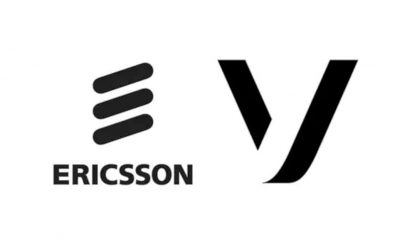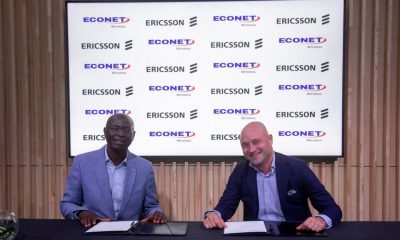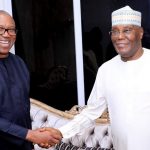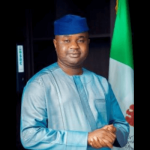Education
UNICEF, Ericsson to Map Internet in Nigerian Schools
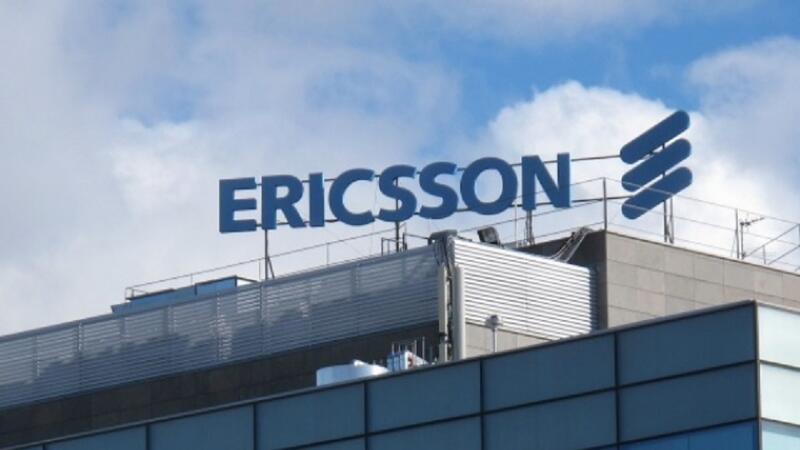
By Adedapo Adesanya
The United Nations Children’s Fund (UNICEF) and Swedish multinational networking and communications company, Ericsson, have collaborated to provide internet connectivity mapping to educational institutions in Nigeria.
In a statement, the Country Manager of Ericsson Nigeria, Mr Sean Cryan, said that the goal of the project with the theme Mapping school internet connectivity would help to bridge the digital divide by providing internet access for the next generation.
“We are planning to share the list of the first 10 countries in the fourth quarter of this year, while the remaining countries will be communicated in 2021,” he said.
He added that the project would start before the end of 2023, adding that the initial take-off would also depend on where their teams would be allowed to travel and operate safely.
According to him, digital transformation, undoubtedly, impacts various sectors and organisations by helping them leverage beneficial opportunities that come with new technologies.
“Mapping the internet connectivity landscape in schools and their surrounding communities will be of great importance, given its vital role.
“Connectivity mapping is a primary source for providing children with the necessary means and capabilities to exploit the opportunities provided by the advantages of digital learning,” he said.
He said that the partnership falls within the framework of the “Giga” initiative that was launched in 2019 by the International Telecommunication Union (ITU) in cooperation with UNICEF.
Mr Cryan added that it had the primary goal of connecting all schools on the planet to the internet.
The country manager also highlighted the benefits of mapping to governments and the private sector.
He said that it would help them design and deploy digital interventions to support uninterrupted learning for children and young people adding that the notion that some internet users employed the use of the facility from their homes while many others use it at school.
“The International Telecommunication Union (ITU) estimates that over 53 per cent of the world’s population used the internet in 2019, up from under 17 per cent in 2005.
“Although we have broad statistics on internet usage, the mapping will help us to understand how access by schools fits into that and where the gaps are.
“Ericsson’s vision calls for us to connect the unconnected because we believe that access to communication is a basic human need.
“We also believe that people in the rural parts of Africa will benefit greatly from mobile connectivity, which greatly increases access to information and services that support health, education and small businesses.’’
According to the Country Manager, digital connectivity is one of the ‘Global Breakthroughs’ which the Giga project is looking to address.
“The partnership between UNICEF and Ericsson will take the first vital step in mapping and understanding the connecting gap,” he said.
Mr Cryan also speaking on the scope of the project, said that Ericsson had committed resources for data engineering and data science capacity to accelerate the mapping.
He said that the company would specifically assist with the collection, validation, analysis, monitoring and visual representation of real-time school connectivity data.
“Ericsson is the first private sector partner to join this initiative and does so as a Global UNICEF Partner for School Connectivity Mapping.
“Collected data will enable governments and the private sector to design and deploy digital solutions that enable learning for children and young people.
“Additionally, Ericsson will engage its extensive customer base in the Giga initiative to further advance this mission,” he said.
The Country Manager further added that the total value of the partnership between Ericsson and UNICEF would be determined over time, adding that they were yet to arrive at the amount of time and resources needed to support the project.
He also said that both organisations were still working together to assess the locations where the programme would likely have the greatest impact.
He said that this would afford them the opportunity of taking the advantage of the information, choice and opportunities that it would bring.
He also added that Ericsson had been working on how to provide communication services and solutions to challenges facing ICT users since its inception.
He said that this had been across network segments so as to make the operations of telecom service providers more efficient and bolster their digital transformation.
According to the Ericsson Mobility Report, mobile broadband subscription penetration in the Sub-Saharan Africa region is approximately 30 per cent and is forecasted to reach around 50 per cent by the end of 2025.
Also citing a Mobile Economy 2018 report by Global System for Mobile Communications (GSMA), it was noted that the 49 per cent mobile subscription of Nigeria’s 196 million people is expected to reach 55 per cent by 2025.
Mr Cryan also spoke on the strategic importance of Nigeria to the projects. He said that with Nigeria currently holding one of the highest numbers of mobile subscriptions in Sub-Saharan Africa, superior network performance is imperative.
According to him, Ericsson is committed to partnering local service providers in meeting the growing demands of subscribers for an enriched broadband experience.
He also said that the importance of establishing a high-quality mobile broadband service in Nigeria cannot be overestimated.
“It opens up opportunities for people to improve their productivity locally and fuels new businesses which feed into boosting the economic growth of the country.
“In collaboration with Ericsson, local service providers have rolled out an LTE network that has had a significant impact on the user experience in Nigeria.
“Download and upload speeds in the completed areas are exceptional and customer feedback has been overwhelmingly positive.
“Nigerians can now experience a truly world-class data service with faster web browsing and downloads,” he said.
Furthermore, the Country Manager said that for the company to deliver sustainable impact, it had begun to collaborate with various partners to facilitate societal impact and provide equal opportunities.
Education
AltBank, BAF Strengthen Capacity of Frontline Educators
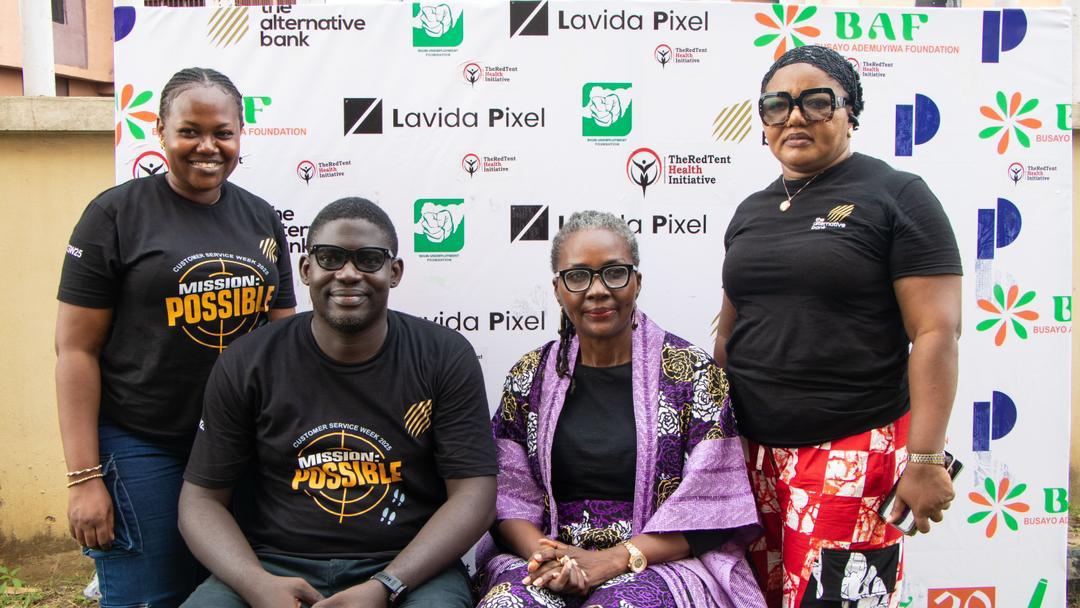
By Modupe Gbadeyanka
A significant step has been taken by the duo of Alternative Bank (AltBank) and the Busayo Ademuyiwa Foundation (BAF) to address the declining access to trained educators across Nigeria.
The two organisations recently a one-day capacity programme for teachers in the country at the 2025 BAF Teachers’ Conference in Lagos.
The event delivered hands-on training to hundreds of primary and secondary school teachers drawn from underserved communities across the country.
Nigeria’s education sector sits at a critical inflection point. With over 65 per cent of classrooms in underserved regions lacking access to trained educators or modern teaching tools, the learning crisis represents a structural failure with long-term economic consequences if not adequately addressed.
Rather than focus on policy rhetoric or aspirational targets, the conference tackled hard realities including teacher burnout, mental resilience, classroom innovation on a budget, and digital skill development.
Sessions were designed for practicality and replication, enabling attendees to take back immediately usable tools and frameworks to their schools. Specialised workshops on emotional health, low-tech teaching methodologies, and inclusive learning design underscored a broader commitment to both teacher well-being and student outcomes.
Key stakeholders in attendance included policymakers, school heads, and representatives from Nigeria’s corporate CSR sector, underscoring the convergence between social investment and educational equity.
Featured speakers included the president of the Nigerian Union of Teachers, Mr Audu Titus Amba; the General Manager of BIC Nigeria, Mr Anthony Amawe; the founder of Almanah Hope Foundation, Hope Ifeyinwa Nwakwesi; and Doyinsola Jawando-Adebomehin of Sequoia Span.
“The people who hold up Nigeria’s education system don’t need applause, they need backup,” the Executive Director for South at AltBank, Mrs Korede Demola-Adeniyi, stated.
“We see this platform as critical infrastructure. Equipping a teacher with the right tools and support is the most direct path to long-term national productivity,” she added.
“The challenge in Nigeria’s education sector is execution, not awareness. This partnership is part of a broader operational strategy to find the pressure points, inject support where it changes outcomes, and back it with measurable value. Our role is catalytic, not just financial,” Mrs Demola-Adeniyi stated further.
Business Post reports that the conference aligns with the bank’s HEART Strategy, a long-term investment thesis focused on Health, Education, Agriculture, Renewable Energy, and Technology.
Under this framework, the Bank continues to deploy capital and partnerships into scalable solutions targeting Nigeria’s most underserved sectors.
Education
Nigerian Breweries to Empower 1,000 Lagos, Ogun, Enugu Students
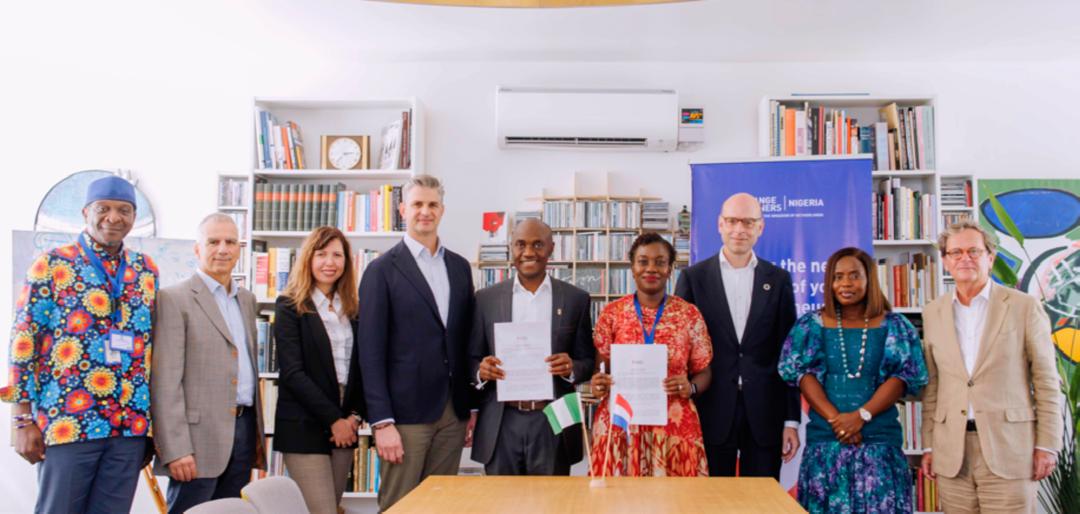
By Modupe Gbadeyanka
Plans have been concluded by Nigerian Breweries to support about 1,000 Nigerian students in Lagos, Ogun, and Enugu States.
The foremost brewing company is carrying out this empowerment initiative with a leading non-profit organisation, FATE Foundation, through the Orange Corners Student Ambassadors Programme of the Netherlands.
This partnership marks a significant step in advancing youth entrepreneurship in Nigeria, equipping young people with the knowledge, skills, and opportunities needed to build sustainable businesses and contribute meaningfully to the nation’s economy.
This is because the scheme is to promote entrepreneurship and offer networking opportunities in Nigerian tertiary institutions. Ambassadors are selected from specific universities to inspire students to see entrepreneurship as a desirable career path and to foster a culture of innovation within universities.
It targets students aged 18–35 currently enrolled in tertiary institutions across Lagos, Ogun, and Enugu States.
“The partnership reinforces Nigerian Breweries’ long-standing commitment to youth empowerment and entrepreneurship development. Through initiatives like this, we are creating pathways for the next generation of entrepreneurs and business leaders in Nigeria,” the Corporate Affairs Director for Nigerian Breweries, Mr Uzodinma Odenigbo, stated.
He further highlighted the company’s track record in youth empowerment, noting that since the renewed focus on youth empowerment and entreprenuership, Nigerian Breweries has impacted 2,365 young Nigerians across 24 states and the FCT.
Also speaking on the partnership, the Executive Director of FATE Foundation, Ms Adenike Adeyemi, expressed enthusiasm about the collaboration between Nigerian Breweries and the Orange Corners Programme.
“Nigerian Breweries has been a longstanding partner with Orange Corners Nigeria in many ways. We are delighted to have the company continue to support the Orange Corners Programme and elated that this commitment will reach an additional 1000 young Nigerians leveraging the proven Orange Corners Student Ambassadors framework,” she said.
Ms Adeyemi outlined FATE Foundation’s role to include designing and delivering the training curriculum, managing student registration and participation, maintaining accurate records of all beneficiaries, and coordinating all logistical and technical aspects to ensure successful programme delivery.
Education
Kidnappings: FG Reopens 47 Unity Schools

By Adedapo Adesanya
The federal government has announced the reopening of the 47 unity schools earlier shut down due to security concerns on November 21.
This was disclosed in a statement by the Federal Ministry of Education on Thursday.
It said that the decision to reopen the affected colleges across the country reaffirmed its unwavering commitment to safeguarding students and ensuring the continuity of education.
On November 18, 2025, over 20 schoolgirls were kidnapped by unidentified armed men from the Government Girls Comprehensive Secondary School in Maga, Kebbi state.
Just three days later, on November 21, about 303 students and 12 teachers were kidnapped at St. Mary’s Catholic Primary and Secondary School in Papiri, Niger state.
In response, the federal government shut down 47 Federal Unity Colleges, and some states including Katsina, Taraba, and Niger also closed schools or restricted school activities, particularly boarding institutions.
Rights group including Human Rights Watch lamented that while these measures were aimed at protecting students, they disrupted learning for thousands of children, denied them access to education, and the social and psychological support schools provide.
FULL LIST OF AFFECTED UNITY COLLEGES
North-West:
FGGC Minjibir, FTC Ganduje, FGGC Zaria, FTC Kafanchan, FGGC Bakori, FTC Dayi, FGC Daura, FGGC Tambuwal, FSC Sokoto, FTC Wurno, FGC Gusau, FGC Anka, FGGC Gwandu, FGC Birnin Yauri, FTC Zuru, FGGC Kazaure, FGC Kiyawa, FTC Hadejia.
North-East:
FGGC Potiskum, FGC Buni Yadi, FTC Gashua, FTC Michika, FGC Ganye, FGC Azare, FTC Misau, FGGC Bajoga, FGC Billiri, FTC Zambuk.
North-Central:
FGGC Bida, FGC New-Bussa, FTC Kuta-Shiroro, FGA Suleja, FGC Ilorin, FGGC Omu-Aran, FTC Gwanara, FGC Ugwolawo, FGGC Kabba, FGGC Bwari, FGC Rubochi, FGGC Abaji.
South-West:
FTC Ikare Akoko, FTC Ijebu-Imusin, FTC Ushi-Ekiti, FTC Ogugu.
-

 Feature/OPED6 years ago
Feature/OPED6 years agoDavos was Different this year
-
Travel/Tourism9 years ago
Lagos Seals Western Lodge Hotel In Ikorodu
-

 Showbiz3 years ago
Showbiz3 years agoEstranged Lover Releases Videos of Empress Njamah Bathing
-

 Banking8 years ago
Banking8 years agoSort Codes of GTBank Branches in Nigeria
-

 Economy3 years ago
Economy3 years agoSubsidy Removal: CNG at N130 Per Litre Cheaper Than Petrol—IPMAN
-

 Banking3 years ago
Banking3 years agoFirst Bank Announces Planned Downtime
-

 Banking3 years ago
Banking3 years agoSort Codes of UBA Branches in Nigeria
-

 Sports3 years ago
Sports3 years agoHighest Paid Nigerian Footballer – How Much Do Nigerian Footballers Earn



